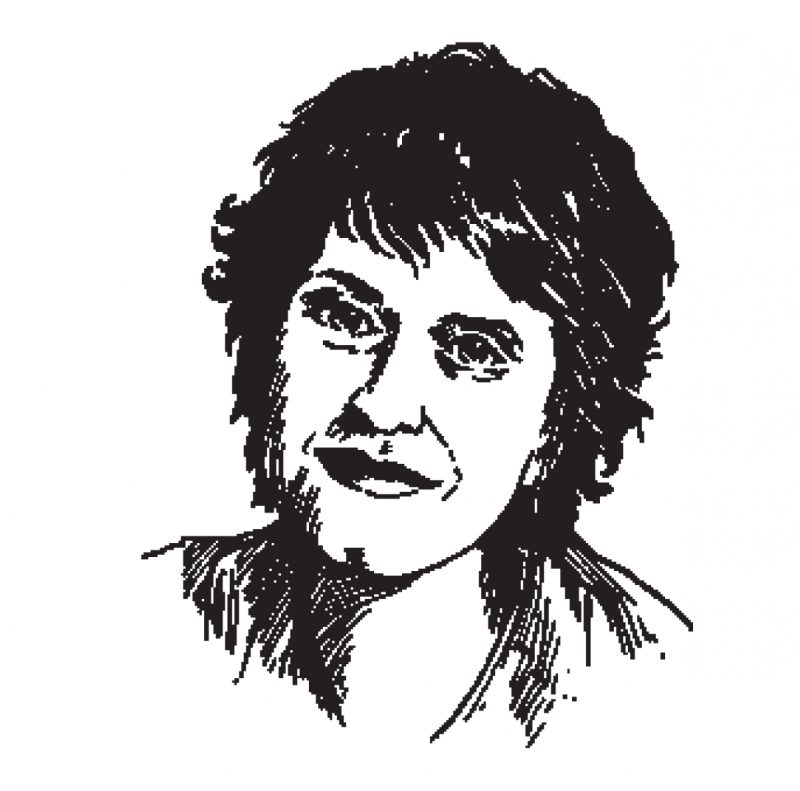Linda Pettifer was first a witness to, then a participant in the English folk rock scene that sprouted up around Fairport Convention in the late 1960s and early ’70s. She frequented folk clubs with Sandy Denny and dated singers Nick Drake and John Martyn. She dabbled in recording and sang some commercial jingles. In 1972, she married and formed a musical partnership with Richard Thompson, who had recently left Fairport. Their debut record, I Want to See the Bright Lights Tonight, released two years later, brought Linda’s pure, heart-piercing alto to the larger world on such Richard-penned compositions as “Withered and Died” and “The Great Valerio.” These songs, and the ones that followed on subsequent albums—“For Shame of Doing Wrong,” “Dimming of the Day,” “Walking on a Wire”—were a different kind of folk. For all of the violent emotion of Richard’s lyrics, the music unfurled slowly, like a state procession. Linda’s singing was regal and unwavering.
The marriage encompassed six albums, a long spell in a Sufi commune, and a famously rocky ending. Their final work, Shoot Out the Lights, became a commercial success just as Richard revealed that he was leaving the then-pregnant Linda for another woman. They toured America anyway; Linda’s devastated, damning performances are now legendary. She made a solo record, One Clear Moment, in 1985—beautiful songs, flashy period production—and then retired from the music business, the victim of a condition called spasmodic dysphonia. When she opened her mouth to sing, nothing came out.
So it couldn’t have been more surprising when a second Linda Thompson album, Fashionably Late, appeared in 2002. New vocal treatments allowed her to sing again; she reentered the studio with the collaborative encouragement of her two children, Teddy and Kamilla, both musicians in their own right. On 2007’s Versatile Heart, Thompson continues to bridge past and present folk generations. She duets with Antony on a Rufus Wainwright song, and is backed up by Martha Wainwright and Jenny Muldaur, children of folk greats.
I spoke to Thompson, who lives in London and is now married to film agent Steve Kenis, by phone in late August. She was visiting family in San Diego.
—Peter Terzian
I. A TRANSLUCENT PERSON
THE BELIEVER: Do you remember how you first met Sandy Denny?
LINDA THOMPSON: Yeah, I do. At the Troubadour, which was her club, a coffee bar in London. When would that have been? Sixty-eight or sixty-nine or something like that. She was a nurse and she did the folk circuit. She was just an amateur musician, but it was very clear right from the get-go that she was extraordinary.
BLVR: You...
You have reached your article limit
Sign up for a digital subscription and continue reading all new issues, plus our entire archives, for just $1.50/month.
Already a subscriber? Sign in





